21 Facts About Rothschild’s Giraffe: Part of the Nubian Giraffe Subspecies
In this post, you’ll learn all about the Rothschild’s giraffe. Facts include range, habitat, diet, height, threats, taxonomy, and much more. Plus lots of photos and videos. Let’s get started!
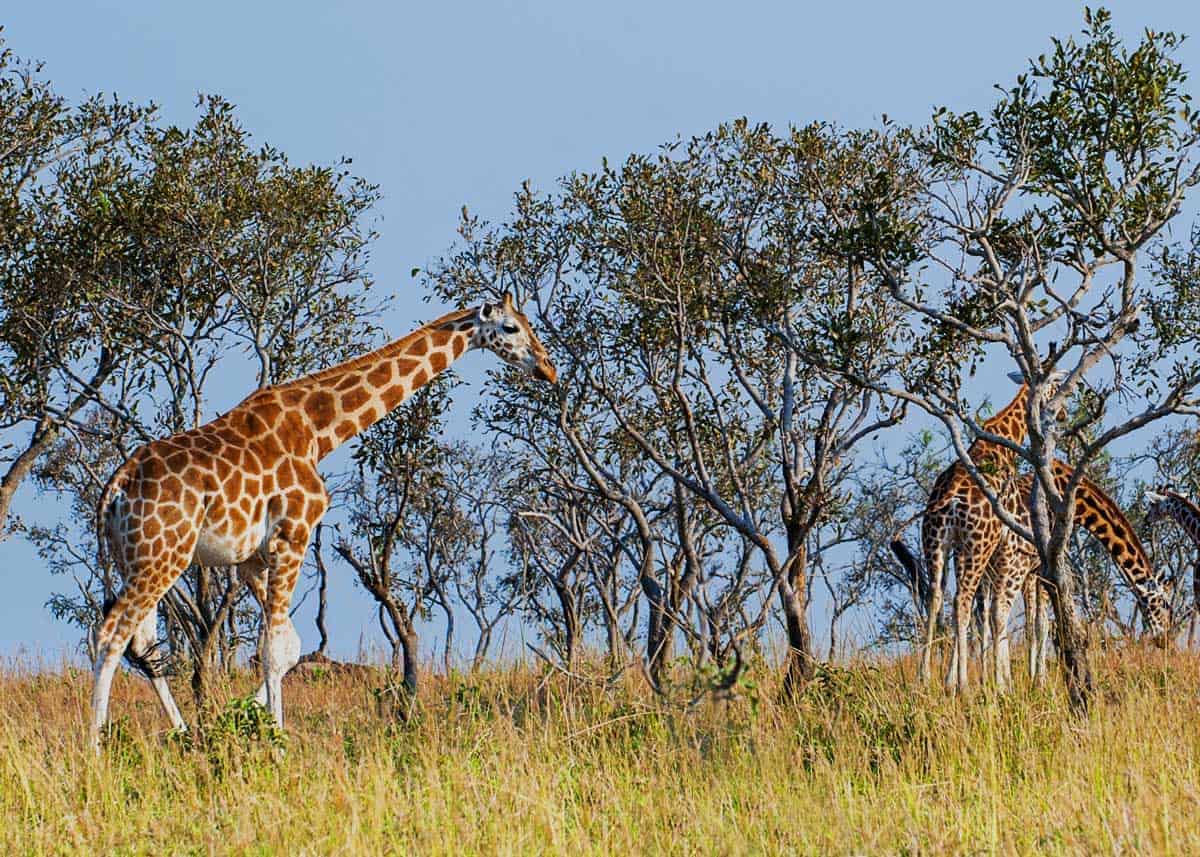
Learn more about animals in Uganda.
21 Facts About the Rothschild’s Giraffe
The Rothschild’s giraffe, also known as the Baringo giraffe, is one of the most famous types of giraffes. Its population is so low that it is can be difficult to see them in the wild. The Rothschild’s giraffe is often referred to as the watchtower of the Serengeti, due to its height. Because it is so tall, it can see predators from a great distance, giving it the opportunity to warn not only its herd but other animals as well.
When traveling to Africa, you may want to familiarize yourself with some interesting giraffe facts. Knowing a little about these majestic creatures can make your time there more exciting.
1. Why is it Called a Rothschild’s Giraffe?
This giraffe is known as the Rothschild’s giraffe in honor of Walter Rothschild. Mr. Rothschild founded the Tring Library and was a noted zoologist. He had many species named after him, including over 150 types of insects, 58 species of birds, and 17 mammals.
Another name for the Rothschild’s giraffe is the Baringo giraffe, which comes from the fact that it is seen in the wild around the area of Kenya close to Lake Baringo.
2. Is Rothschild’s Giraffe a Species or Subspecies?
Neither. According to the latest science we have, Rothschild’s giraffe is neither a species nor subspecies of giraffe.
But it can depend on who you ask. While no one considers it a species, it has been classified as a subspecies by some taxonomists.
The most current study (Multi-locus Analyses Reveal Four Giraffe Species Instead of One) has absorbed Rothschild’s giraffe into the Nubian giraffe subspecies. And it is no longer listed as a giraffe subspecies.
So according to this classification, the Giraffa camelopardalis rothschildi doesn’t actually exist anymore. It now falls under the larger umbrella of the Nubian giraffe subspecies, of the Northern giraffe species.
Learn more about all giraffe species.
3. Where Does the Rothschild’s Giraffe Live?
The Rothschild’s giraffe lives in desert and savanna plains areas of Africa. They are primarily located in eastern Uganda and western Kenya. All of the areas where you can see Rothschild’s giraffes in the wild are in protected areas.
In the wild, the Rothschild’s giraffe is found in small, segmented herds. The lack of proximity to each other makes expanded breeding efforts difficult. You can find giraffes at a number of Uganda’s National Parks.
4. What Does the Rothschild’s Giraffe Eat?
The Rothschild’s giraffe is a herbivore, which means that it exists solely on plants. Their preference is the new, young shoots, leaves and bark from trees and shrubs. Acacia trees are a particular favorite of the giraffe.
Their tongue and teeth are well-suited for their diet. Their tongue is long and tough, allowing them to strip leaves from limbs easily. Their tough tongue also allows them to strip the leaves from stems and branches that have thorns. The Rothschild’s incisors are splayed. This unique shape makes it easier for them to strip the leaves they want to eat from the branches.
It is believed that the distinctive dark-colored tongue of the giraffe is to protect it from sun exposure during the time that it spends browsing for food.
Check out our full guide to what giraffes eat.
5. How Much Does a Rothschild’s Giraffe Eat?
Rothschild’s giraffes are very large animals, and it takes a great deal of food to fuel their body. An adult will eat about 75 pounds of food each day. The amount of food required for the giraffe to maintain its weight means it spends between 16 and 20 hours eating each day.
Giraffes are ruminants, meaning their stomach has multiple chambers. If they are not actively eating, they are probably chewing their cud.
Because of the water-rich foods the Rothschild’s giraffe eats, they do not need to drink that often. This is beneficial because extending their long necks into a watering hole makes them extremely vulnerable to predators. Reducing the amount of time they spend at watering holes keeps the giraffe herd safer.
6. How Does the Rothschild’s Giraffe Sleep?
Rothschild’s giraffes require very little sleep. In fact, they often sleep as little as 30 minutes out of each 24-hour cycle. This sleep is broken up into even smaller bits of time. In fact, sometimes they nap for only a few minutes at a time.
The majority of the time, giraffes sleep while standing up. This is to protect them from predators. If a predator approached while they were napping while standing up, they could quickly and easily gallop away.
This does not mean they never lay down. Giraffes occasionally lay down, resting their neck on their flanks. They are extremely vulnerable in this position. When they do this, at least one member of the herd will remain standing and on watch for predators.
7. Is the Rothschild’s Giraffe Endangered?
Not any more. According to IUCN Red List, it’s status is Near Threatened.
Back in 2010, the Rothschild’s giraffe was listed on the Endangered list. Of the recognized types of giraffes, the Rothschild’s is the second most threatened. It is difficult to get an accurate number, but it is believed that there are approximately 1,399 mature Rothschild’s giraffes in the wild.
Historically, this giraffe spread across western Kenya, through Uganda, and into the southern reaches of Sudan. It is nonexistent in most of these areas now, existing solely in small pockets of Kenya and Uganda.
The wild population in Kenya is located entirely in National Parks, on private property, and in protected areas. Agricultural development has driven it out of other areas of the country. The population that remains in the wild exists in small groups, isolated from one another, making it difficult to expand the existing herds.
How’s your Swahili? Check out our guide to 100+ animal names in Swahili.
8. How Much Do Rothschild’s Giraffes Weigh?
Adult Rothschild’s giraffes weigh between 1800 and 2500 pounds, with the adult males weighing more than the females. At birth, giraffes typically weigh around 150 pounds.
9. How Tall are Rothschild’s Giraffes?
Rothschild’s giraffes mature to between 16 and 19 feet, with males being larger than females. Young can be 5 and a half feet tall at birth. Giraffes are the tallest land mammals.
10. What Do Rothschild’s Giraffes Look Like?
The Rothschild’s giraffe can be distinguished from other giraffes by its coat. Its coat consists of dark orange and brown patches with areas of beige. It also lacks markings on its lower legs.
Finally, it has five ossicones. These are the horn-like growths on the giraffe’s head. Most giraffe types have two. In addition to the two on top of the head, the Rothschild’s giraffe has a third in the center of its forehead and one behind each ear.
11. What Are Ossicones?
Ossicones are the horny growths that extend from the top of the giraffe’s head. They are made from ossified cartilage. This differs from horns or antlers, which are made of bone. The ossicones are covered in skin and fur, although in the case of male giraffes, the fur is often rubbed off due to sparring.
The giraffe has the ossicone at birth. When young, the ossicone lays flat against the head and are not attached to the skull. This prevents both mother and baby from being injured at birth. As the giraffe matures, the ossicones get larger and tougher.
Adult males use these as sparring weapons when there are females available for breeding. The sparring process is to establish dominance and does not involve aggressive fighting. Although sometimes a giraffe will receive injuries, they do not fight as aggressively as the males of many species, and they do not chase the losers of the battle away.
12. Do Rothschild’s Giraffes Give Birth Standing Up?
Like other types of giraffes, the Rothschild’s giraffe does give birth standing up.
While this means the newborn giraffe has quite the fall at birth, there are benefits to this method of birth. The giraffe is very vulnerable to predators while lying down. Standing up to give birth keeps both mother and baby safer.
In addition, the fall from the birth canal helps break the amniotic sac, which is beneficial to the newborn giraffe.
13. What Type of Habitat Does the Rothschild’s Giraffe Live In?
Giraffes, in general, prefer hot, sub-Saharan regions of the African continent. The different species of giraffes all prefer similar habitats, which are open forests, grasslands, and savannas. They will range as necessary to find food.
Although giraffes get most of their food from high in the trees, they do not like heavily forested areas. Because of their long necks, areas with heavy forestation are difficult for them to navigate.
In addition, one of their strongest defenses against predators is their ability to see a great distance and gallop away before predators get too close. In areas with heavy growth, they lose this advantage. They also have trouble maneuvering in the tighter confines of heavily forested areas.
Learn about giraffe babies with these 17 giraffe baby facts.
The home range for a giraffe is between 10 and 50 miles square miles. The territory of one group of giraffes may overlap that of another, but they are not territorial and do not fight over boundaries.
A common problem though is that their natural habitat continues to shrink due to human activities, resulting in a smaller home range. As a result, their food sources are reduced.
14. Is the Rothschild’s Giraffe Aggressive?
Rothschild’s giraffe is generally very tolerant of other giraffes as well as other animal species. They can be aggressive if they feel threatened.
Males often spar with each other before mating. After sparring, both winning and losing giraffes continue to inhabit the same territory. Unlike many species, the dominant male does not chase the submissive males away.
15. What is a Group of Giraffes Called?
A group, or herd, of giraffes is called a tower.
More reading: 9 Facts About Giraffe Tongues
16. How Large is a Tower of Giraffes?
Giraffes typically congregate in groups of 10 to 20, although they can sometimes form groups with as many as 50 individuals. The groups are made up of all males or females and their young. Male and female groups only intermingle to breed.
As male giraffes mature, they often stop living as part of a group and live a more solitary life. Giraffes do not have strong ties with each other and may leave and join groups frequently.
17. How Often Do Giraffes Give Birth?
Giraffes can breed at any time of year. Their gestation period is between 14 and 16 months. They typically give birth to one calf, although twins are not unheard of. A giraffe typically breeds for the first time between the ages of three and five. Because the males spar for dominance before breeding, males typically begin breeding at an older age than females.
When the female gives birth, she separates herself from her herd. She typically stays apart from her herd for anywhere from 10 days to a month after birth. She then returns, with her young, to the safety of the herd. She will nurse her calf for about one year. Although the mother will nurse her young for a year, the calf begins nibbling on leaves at about four months of age.
Male calves typically leave their mothers at about 15 months old. They often join with other young males, forming a bachelor group. Young females separate from their mothers at around 18 months of age. They typically remain in the same family group they were born in.
See this newborn Rothschild’s giraffe take its first steps in Murchison Falls, Uganda.
18. How Large Is the Population of Rothschild’s Giraffes in the Wild?
It is impossible to know the exact number of Rothschild’s giraffes in the wild. It is believed that there are roughly 1,400. And their population is increasing.
It is believed that the total number of giraffes in the wild across all species is around 141,000. The Southern species are relatively stable. The Rothschild’s giraffes, along with the reticulated and western varieties, are in much smaller numbers.
In addition to the number of Rothschild’s giraffes living in the wild, there are between five and six hundred living in zoos around the world.
19. What Threats Do the Rothschild’s Giraffes Face?
The greatest threat to the Rothschild’s giraffe is the uncontrolled poaching. While this is the greatest danger the Rothschild’s face, they are also susceptible to predators. Crocodiles, leopards, lions, and hyenas all view the giraffe as prey.
Finally, giraffes have become the victim to degradation of their habitat, leading to their decline. The small pockets of Rothschild’s giraffes in the wild are isolated from each other, making breeding a challenge.
20. How Many Types of Giraffes are There?
There are four giraffe species. Learn more about all giraffe species.
Here are a few giraffe facts about each of these interesting creatures.
- The Masai giraffe makes its home across the central part of Kenya, spreading to the south and into Tanzania. The South Luangwa Valley in Zambia is also the home to an isolated group of these giraffes. This is the most populous species, with over 32,000 existing in the wild. They are, however, susceptible to poaching, and their numbers are declining. The Masai is the darkest of the species of giraffes.
- The Reticulated giraffe is also known as the Somali or the netted giraffe. It is most often found in north, north-eastern, and central Kenya. There are small populations in the southern parts of Somalia and Ethiopia. There are around 8,700 remaining in the wild.
- The Southern giraffe is divided into two subspecies, the Angolan and the South African. The Angolan giraffe is found in Namibia as well as central Botswana. It is estimated there are around 13,000 of this species in the wild. The Angolan giraffe’s pattern covers its entire body, including its lower legs.
- The Northern giraffe includes three subspecies: the Kordofan, the Nubian, and West African giraffe.
21. Do Giraffes Have Two Hearts?
There is a commonly held belief that giraffes have two hearts. This is not true. While they only have one heart, it is an amazing two feet long and weighs nearly 25 pounds.
As you can see, the Rothschild’s giraffe is a magnificent and interesting animal. If you are hoping to see them in the wild, your best bet is to visit a national park or other protected areas. The effort is worthwhile to see these fascinating creatures.

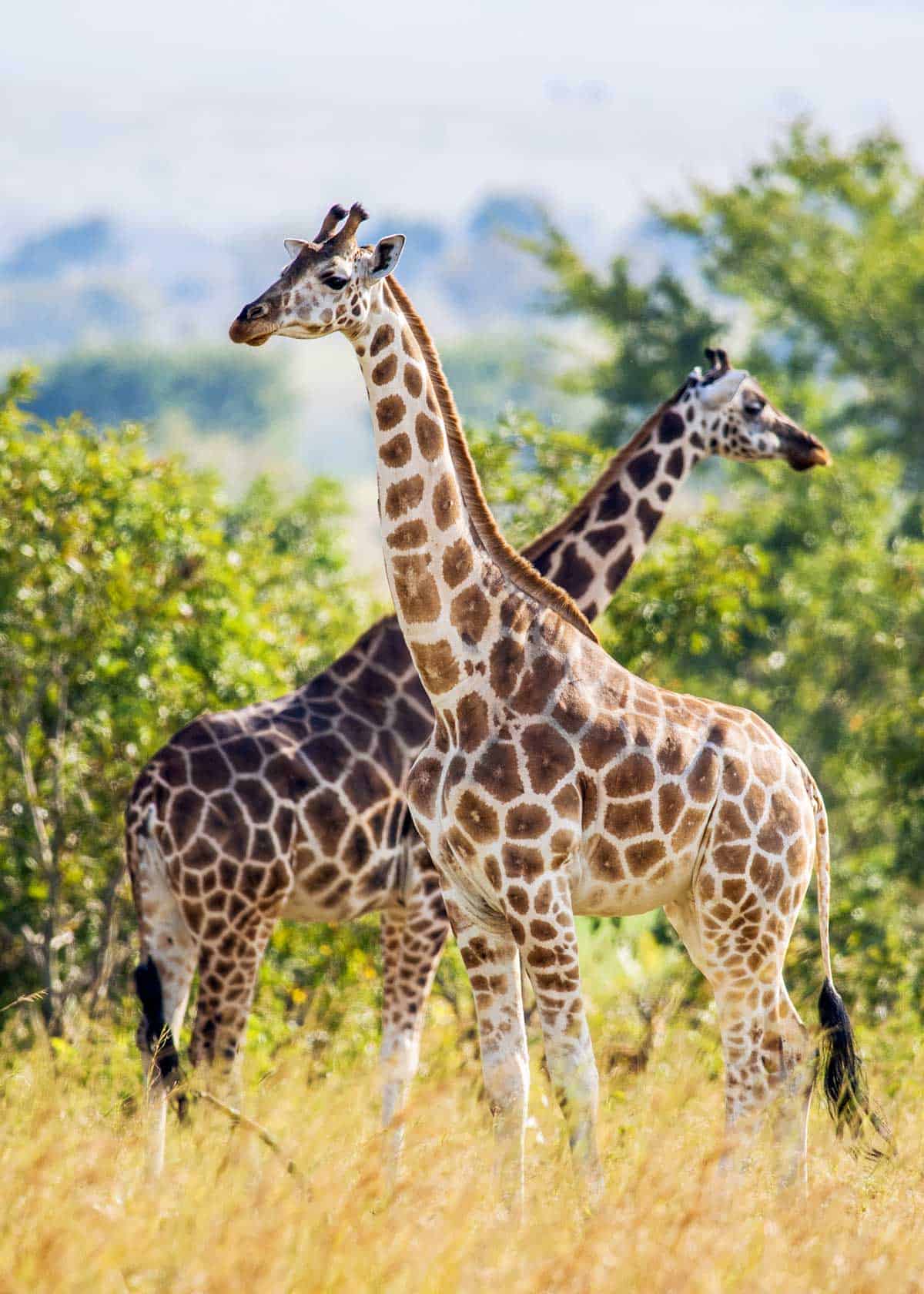
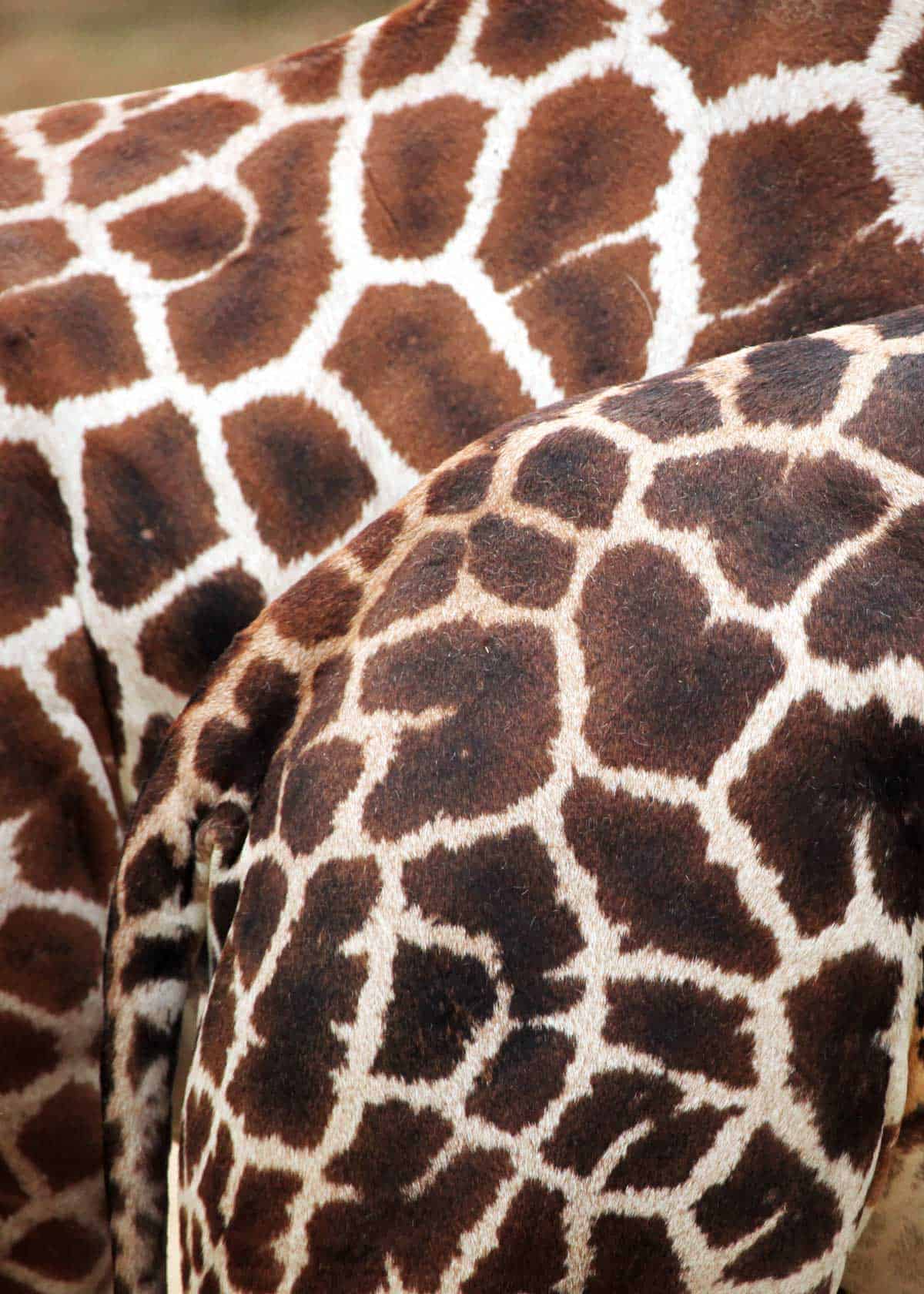
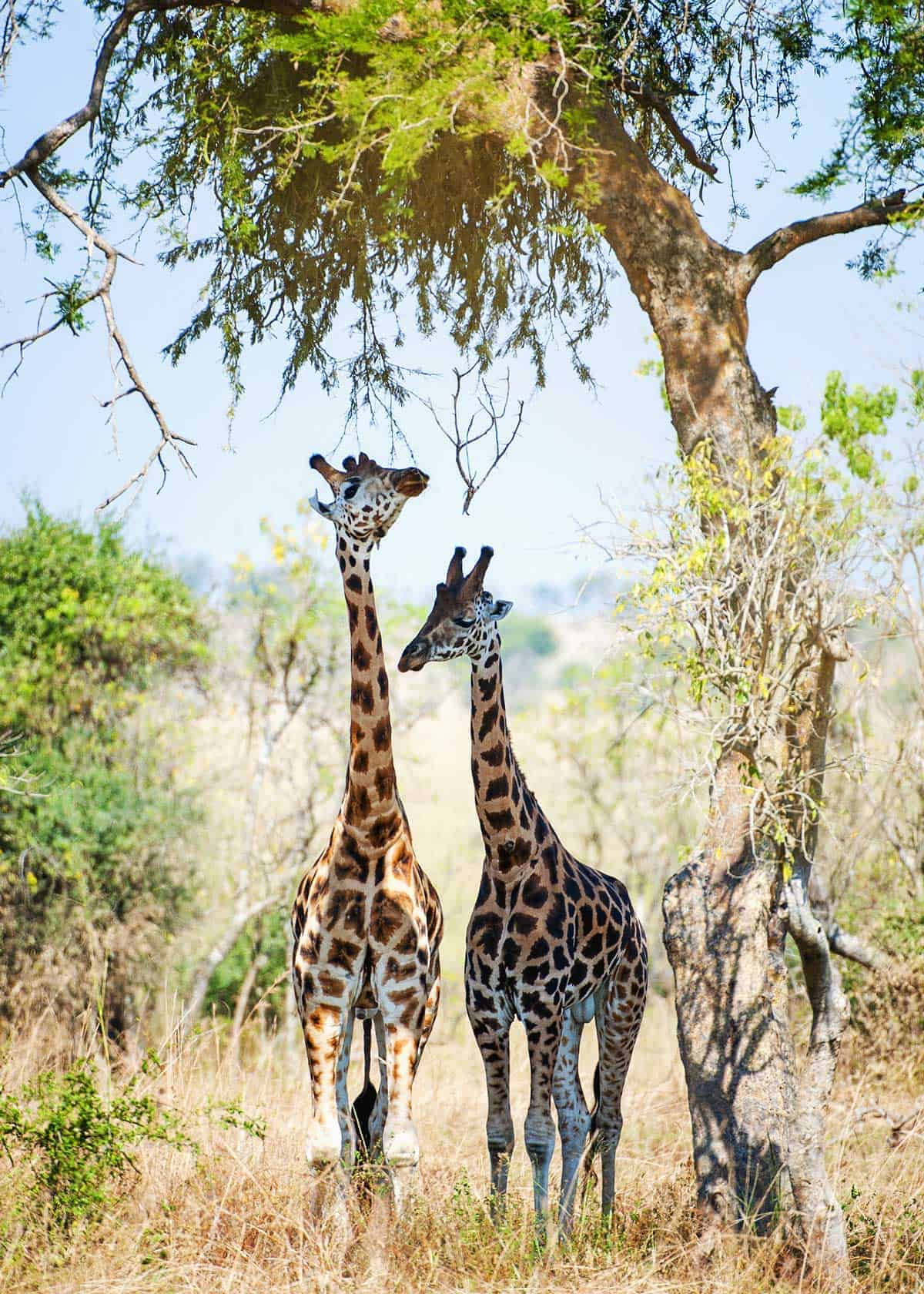
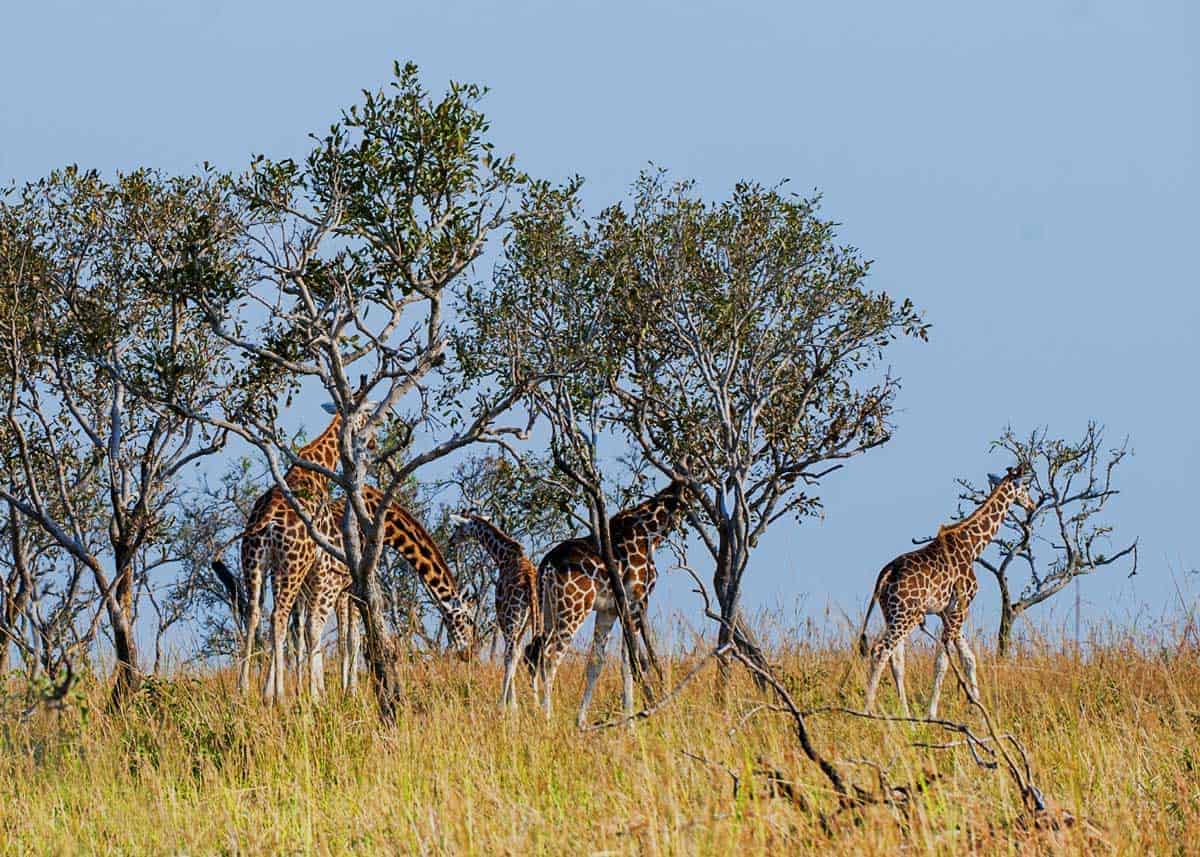
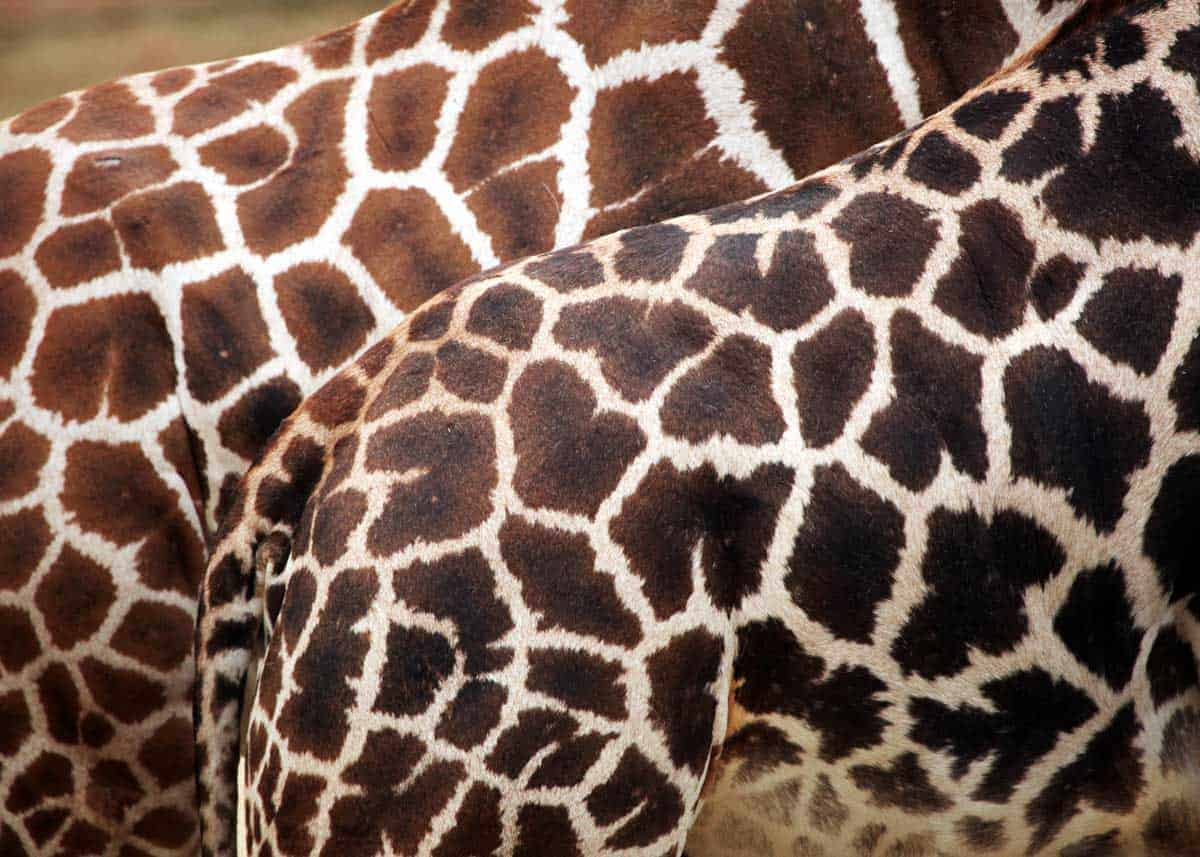
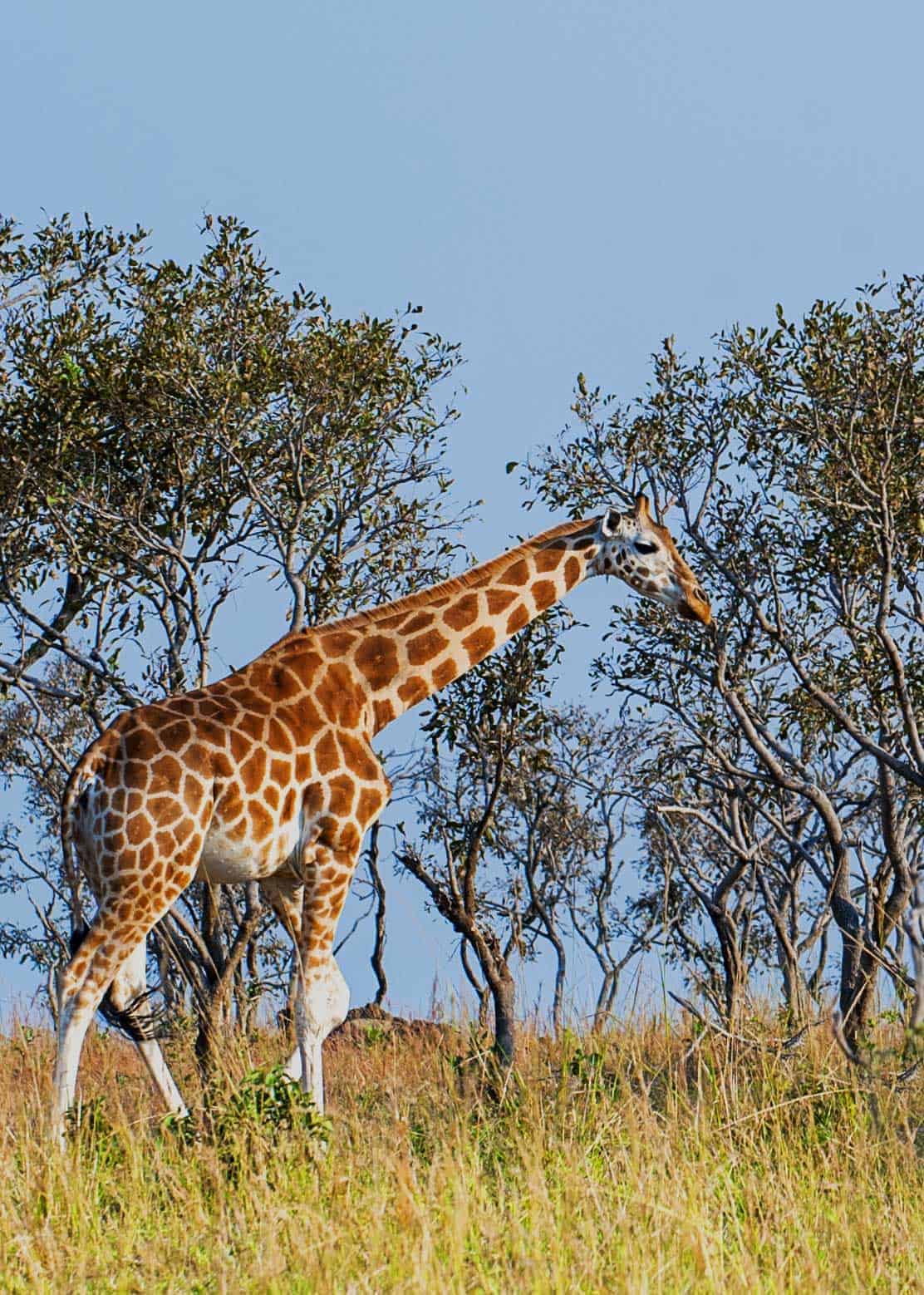

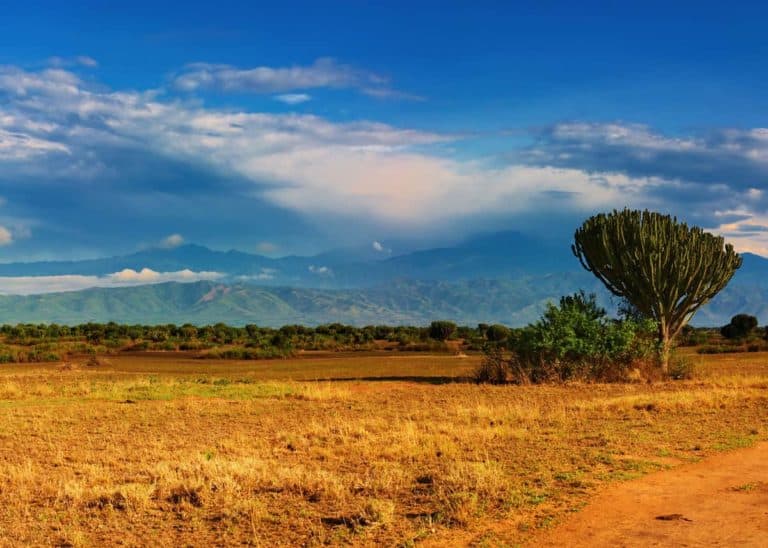




Am very thankful for the taught have had about giraffe. Giraffe is one of my favorite wild animals and am hoping Soo to continue learning more about the Rothschild’s giraffe as am continuing with my studies. Thank you so much Sir Bryan Haines.
Walter Rothschild didn’t start the Tring Library he actually started the Natural History Museum in Tring. Which he gave to Natural History Museum based in South Kensington, London. This museum is still open to the public today.
Very nice review and images of these Amazing animals! Thank you for sharing!
The only questionable fact was that they can spend up to 30 hours a day eating 🙂
Thanks for catching that typo – just updated it!
The Rothschild giraffe was classified as Endangered in 2010. The status of the subspecies has been updated since then—check your facts.
You’re correct. Thanks for catching this error. Our information was based on 2010 status. I’ve updated the post with current details.